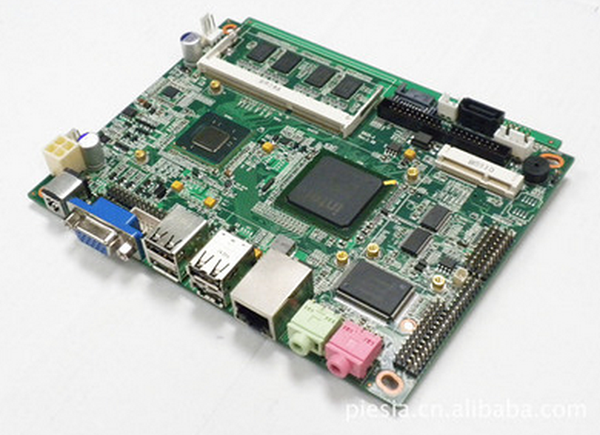The sensitivity of electronic equipment is getting higher and higher, which requires the anti-interference ability of the equipment to become stronger and stronger. Therefore, PCB design has become more difficult. How to improve the anti-interference ability of PCB has become one of the key issues that many engineers pay attention to. This article will introduce some tips for reducing noise and electromagnetic interference in PCB design.

Here are 24 tips for reducing noise and electromagnetic interference in PCB design after years of designing:
(1) High-speed chips can be used in key places without using high-speed chips.
(2) The resistance of the upper and lower edges of the control circuit can be reduced by using a string of resistors.
(3) Try to provide some form of damping for relays, etc.
(4) Use the lowest frequency clock that meets the system requirements.
(5) The clock generator is as close as possible to the device using the clock. The quartz crystal oscillator housing should be grounded.
(6) Circle the clock area with the ground wire and keep the clock line as short as possible.
(7) The I/O drive circuit should be as close as possible to the side of the printed board, allowing it to leave the printed board as soon as possible. Filter the signal entering the printed board, the signal from the high noise area
Also add filtering, and use the string termination resistor to reduce signal reflection.
(8) The MCD useless terminal should be connected to the ground, or grounded, or defined as the output terminal. The end of the integrated circuit should be connected to the power supply ground. Do not hang it.
(9) Do not leave the input terminal of the unused circuit, the unused input terminal is grounded, and the negative input is connected to the output.
(10) As far as possible, the printed board should use 45 fold lines instead of 90 fold lines to reduce the external transmission and coupling of high frequency signals.
(11) The printed board is divided according to the frequency and current switching characteristics, and the noise component is farther away from the non-noise component.
(12) Single-panel and double-panel single-point power supply and single-point grounding, power supply line, and grounding wire are as thick as possible. If the economy is affordable, use a multi-layer board to reduce the power supply.
The tolerance of the ground.
(13) Keep the clock, bus, and chip select signals away from the I/O lines and connectors.
(14) The analog voltage input line and reference voltage terminal should be as far as possible from the digital circuit signal line, especially the clock.
(15) For A/D type devices, the digital part and the analog part are more uniform and do not cross.
(16) The clock line is perpendicular to the I/O line and has less interference than the parallel I/O line. The clock component pins are far from the I/O cable.
(17) The component pins are as short as possible, and the decoupling capacitor pins are as short as possible.
(18) The key lines should be as thick as possible and with protective ground on both sides. The high speed line should be short and straight.
(19) Noise-sensitive lines should not be parallel to high current, high-speed switching lines.
(20) Do not route underneath the quartz crystal and below the noise sensitive device.
(21) Weak signal circuit, do not form a current loop around the low frequency circuit.
(22) Do not form a loop in the signal. If it is unavoidable, make the loop area as small as possible.
(23) One decoupling capacitor per integrated circuit. A small high frequency bypass capacitor is added to each electrolytic capacitor.
(24) Use a large-capacity tantalum capacitor or a condenser capacitor instead of an electrolytic capacitor for the circuit to charge and discharge the storage capacitor. When using a tubular capacitor, the housing should be grounded.
Emergency LED drivers are designed specifically for light fixtures . These emergency backup drivers regulate the power supplied to the LED fixture the same way normal drivers do , but they operate off of a battery instead of line voltage . Because they operate off a battery the light output isn't as bright as the fixture normally would produce , but it will be just enough in an emergency situations . Most of our emergency LED drivers have a maximum emergency operation time of 120 minutes .

Emergency Inverter Kit,Battery Backup LED Lighting,LED Emergency Light Module
Jiangmen City Pengjiang District Qihui Lighting Electrical Appliances Co., Ltd , https://www.qihuilights.com